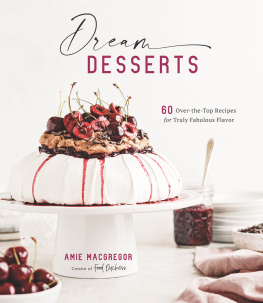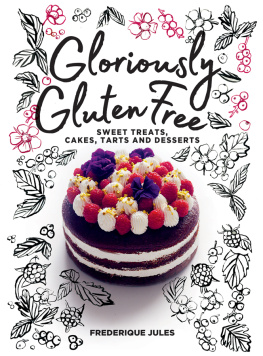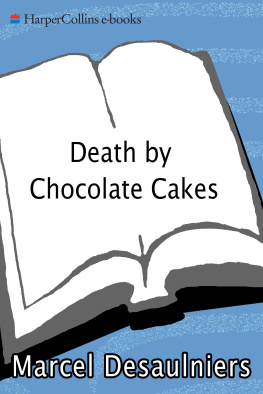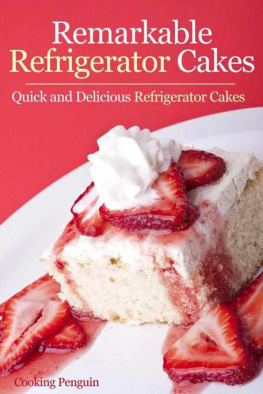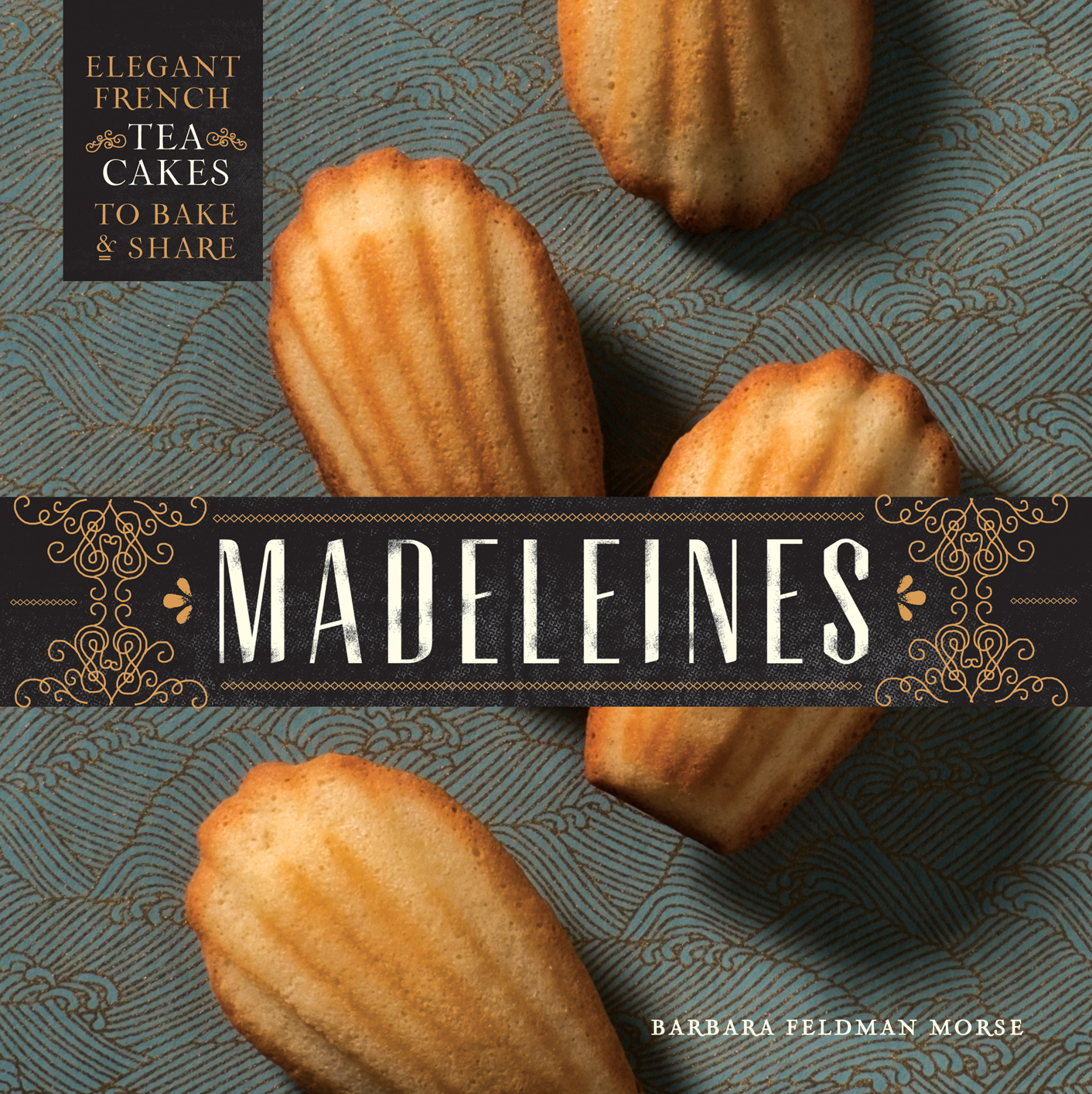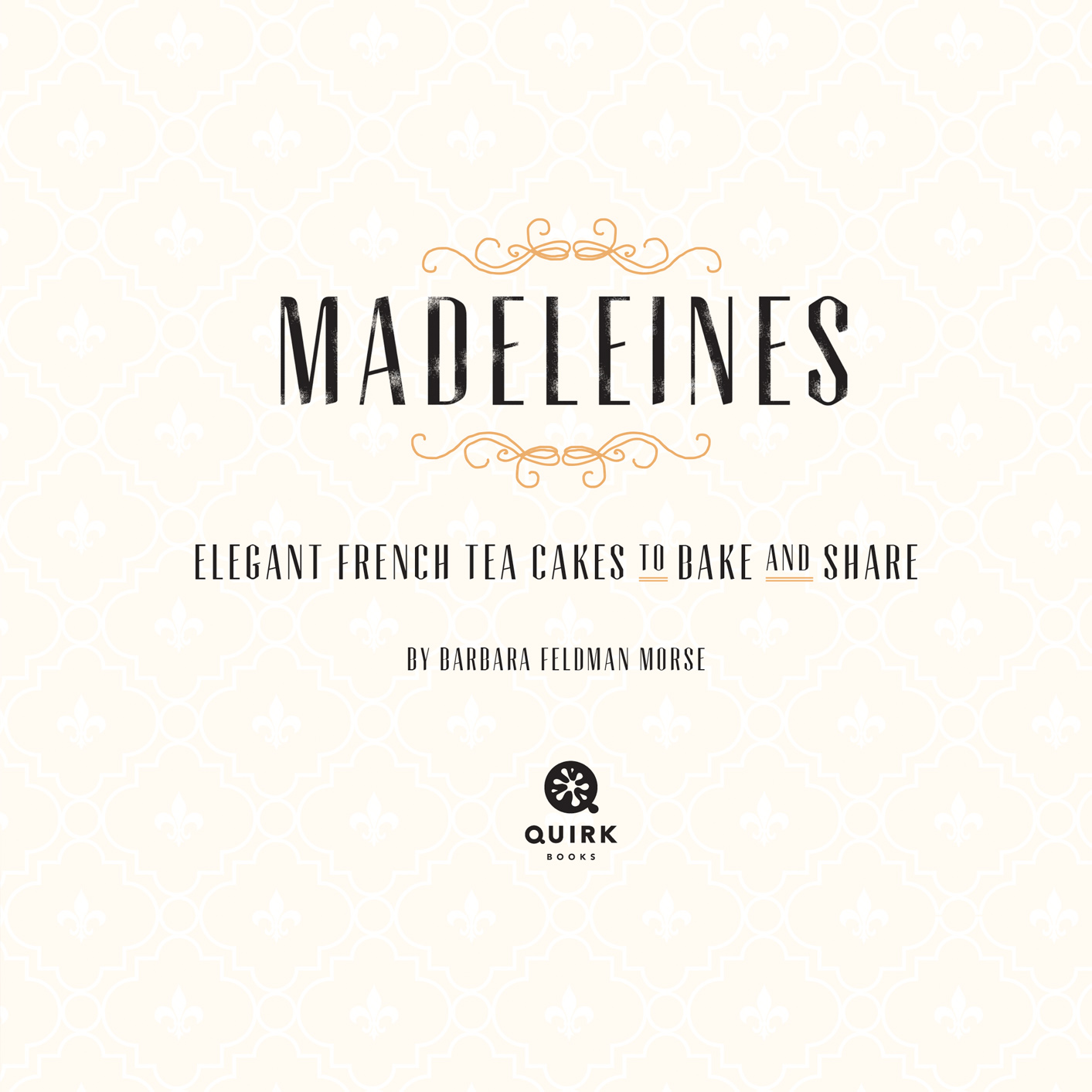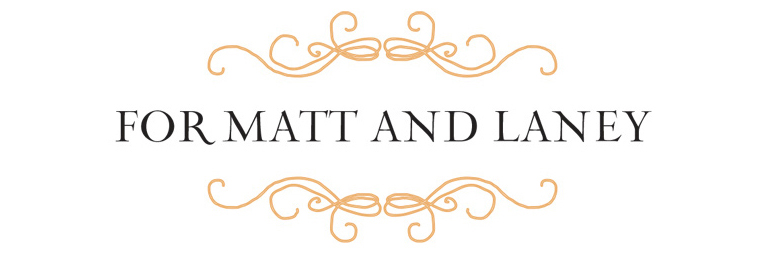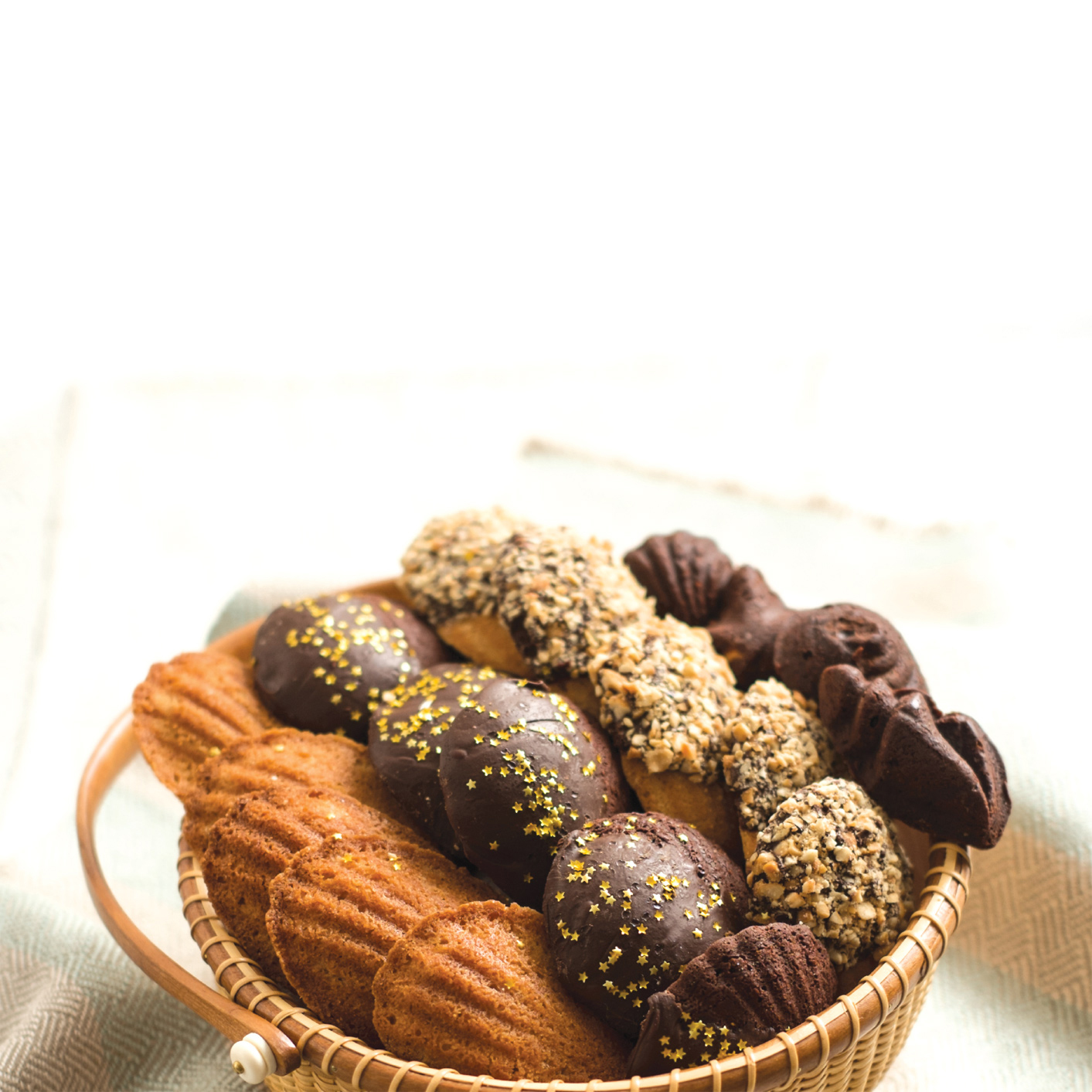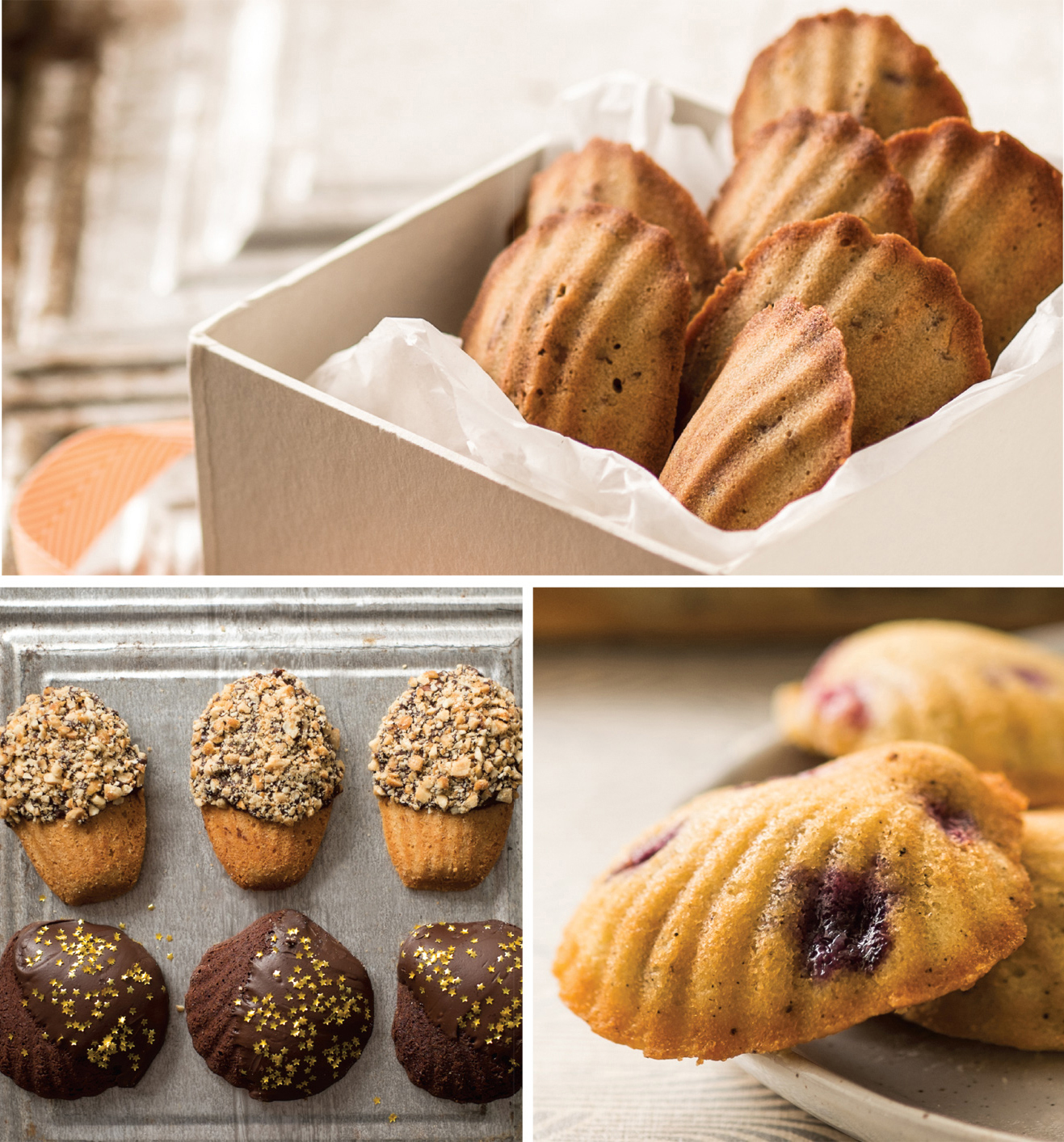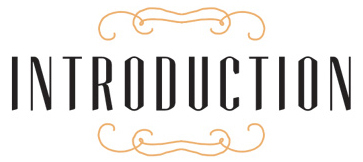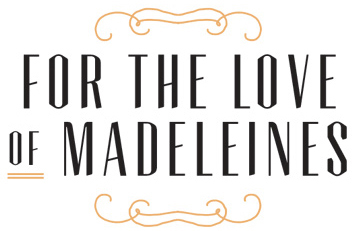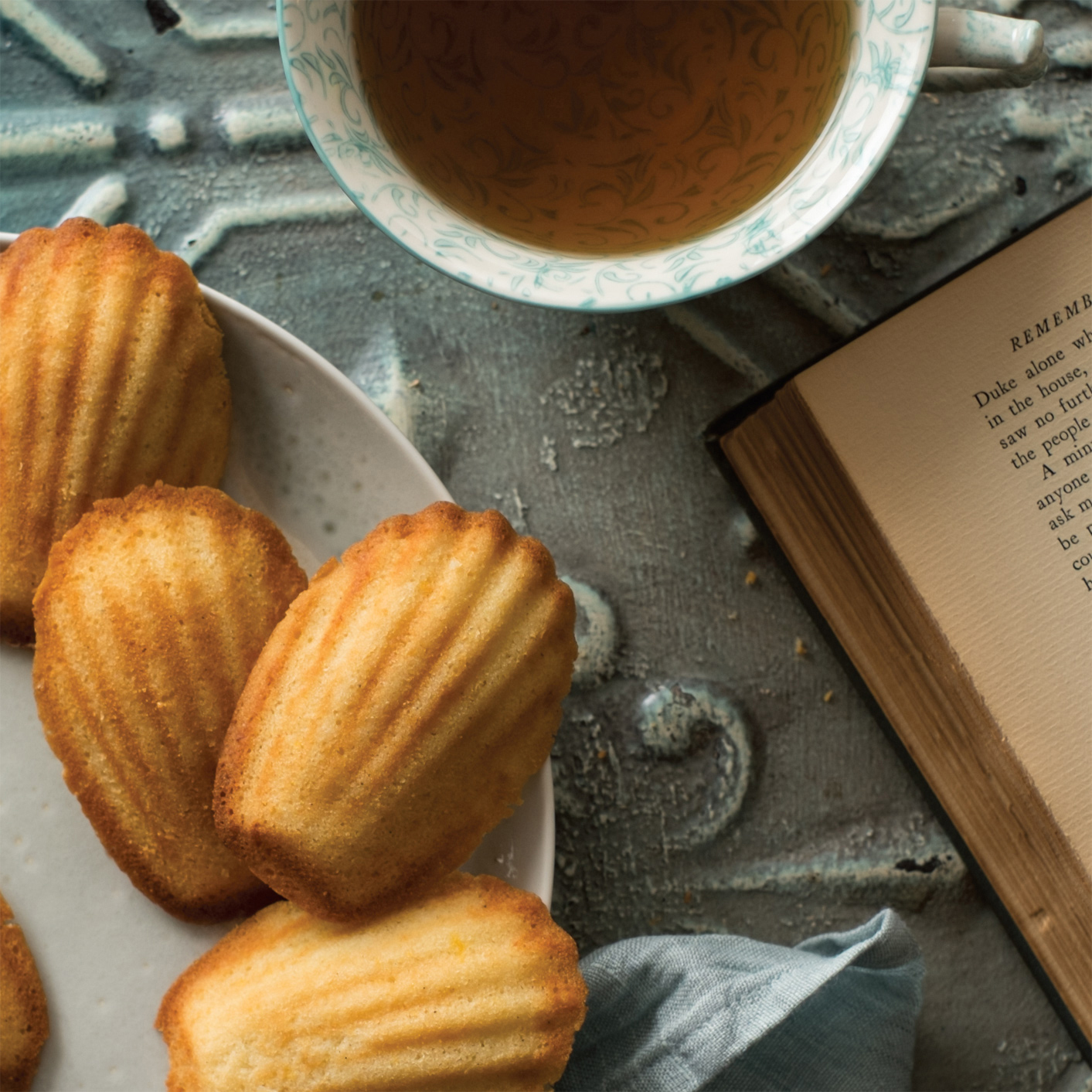Copyright 2014 by Barbara Feldman Morse
Photography copyright 2014 by Steve Legato
All rights reserved. No part of this book may be reproduced in any form without written permission from the publisher.
Library of Congress Cataloging in Publication Number: 2013957087
eBook ISBN: 978-1-59474-754-0
Hardcover ISBN: 978-1-59474-740-3
Designed by Amanda Richmond
Production management by John J. McGurk
Prop styling by Mariellen Melker
Quirk Books
215 Church St.
Philadelphia, PA 19106
quirkbooks.com
v3.1
I GREW UP ON THE SOUTH SHORE OF BOSTON , which meant spending summers along the Atlantic Ocean. Some of my earliest memories are of collecting scallop shells with my sister and brother while our mother and grandmother cooked chowders and baked stuffed clams back at the house. When it was time to leave our sandy escape each September, my favorite shells always came alongthe perfect portable reminder of all the beauty and joy the beach held.
My love for shells only grew as I got older. Ill always be a collector of these seaside souvenirs, opting to hunt for the prettiest shells instead of plopping in a beach chair any day. So discovering my first madeleine pan in a small baking shop in San Francisco was a eureka! moment. Time seemed to stand still while I thought of making little cakelets shaped like the summertime shells I loved collecting so much.
As soon as I brought those pans home to my tiny studio apartment, I started searching for madeleine recipes. I tried as many as I could findwhich wasnt very many in the pre-Internet 1970s. Imagine how let down I was when I discovered that madeleines were all plain vanilla, kind of dry, and fairly bland. Yet I sensed they had potential, so I started testing different flavors, textures, and techniques. The recipes in this book are the result of the many years of experimentation that followed.
These recipes will delight you in so many ways. Not only will you learn how to bake madeleines that are scrumptious and full of unexpected flavors, youll also master a foolproof method thats incredibly quick and easy. In fact, making the recipes in this book is such a cinch that Im willing to bet youll find yourself baking batches all the timefor birthday parties or potlucks, when unexpected guests arrive at your door, or even when youre home alone on a weekend night. Ive even been known to whip some up at a moments notice for a posse of teenage girls craving a midnight sleepover snack.
These recipes will make you look and feel like a whiz in the kitchen no matter your previous baking experience or skills. Their simplicity, as well as my time-saving one-bowl method, is what inspired me to write this book. I hope youll find my inventive combinations of flavors and ingredients so easy and rewarding that youll be inspired to try your own variations. Nothing would make me happier than to have new and experienced bakers alike using my recipes as a starting point for dozens of delicious seashell-shaped creations.
So go aheadget yourself some madeleine pans and break out your mixing bowl! You are about to experience the joy of baking a quintessential dessert without the stress usually associated with French cooking. Marcel Proust may have put madeleines on the map when he waxed poetic about the exquisite pleasure that invaded [his] senses, but youre about to put these little French tea cakes into the mouths of everyone you know. Move over, cupcakes and cronutsits time for the madeleine!
FROM NOTES ON THE PERFECT INGREDIENTS AND INDISPENSABLE EQUIPMENT to the secrets Ive learned from years of baking, heres everything you need to know to make madeleines your special signature treat.

A Brief History

WHAT, EXACTLY, IS A MADELEINE ? Traditionally madeleines are described assmall, shell-shaped cakes made of flour, eggs, sugar, and butter and baked in molds. Stories vary about how and when these adorable French tea cakes were born, but most experts agree that theyre named after Madeleine Paulmier, a pastry chef from Commercy, a town in the Lorraine region of France. Some claim that Paulmier created the sweet treat in the nineteenth century, but legend has it that she baked them as early as the eighteenth century for Stanislaw Lezczynski, the Duke of Lorraine, and his son-in-law Louis XV. According to that story, the French king liked the sponge cakes so much that he named them after her.
Regardless of when they first came out of an oven or how they got their name, the recipe quickly spread. These tasty tea cakes became a part of French culture and even literature. The madeleines place in literary history was assured thanks to Marcel Proust, the writer, essayist, and critic best known for his autobiographical novel, la recherche du temps perdu , published in seven parts from 1913 to 1927. (The book was translated into English as In Search of Lost Time, also known as Remembrance of Things Past.) Proust used examples to contrast voluntary memoriesthose retrieved by intelligence and produced by making a conscious effort to remember people or placeswith involuntary memories, which, according to Prousts narrator, come naturally when the moment one remembers is magical.
To explain the latter, Proust describes biting into a childhood snack. In the now famous episode of the madeleine, he writes:




